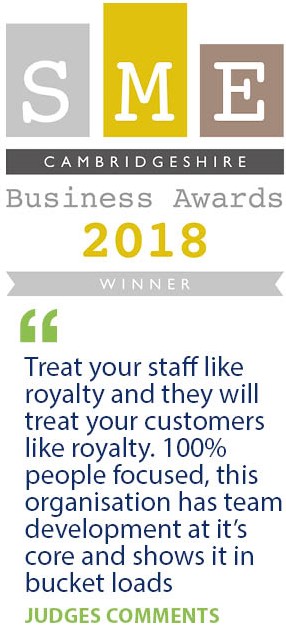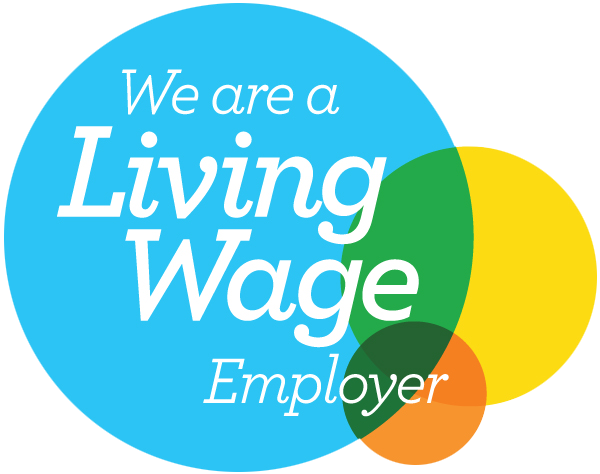
In our ninth year of running our UK Reward Management Survey, we captured the views of over 117 organisations who represent 400,000 employees in total.
Our surveys are intended to support your approach to reward management. Our spring 2018 edition contained the usual information on employment, base pay increases and bonuses as well as the current recruitment and retention landscape. We also explored out of cycle pay increases and how this is affecting the overall picture of pay awards, alongside other topical issues such as gender pay reporting and the apprenticeship levy.
We identified the following five key trends in pay and reward practices that are shaping the HR landscape in 2018.
Definitive detail on what Brexit means remains elusive despite passing the second-year anniversary of the UK’s decision to leave the European Union. Previous surveys have tracked businesses and consumers’ continued reluctance since the 2008 recession to plan for the long-term. Delayed investment decisions and incremental, if any, pay increases have characterised the last decade. Ensuring that reward arrangements support recruitment, retention and career planning whilst remaining within steadily constrained budgets has remained the status quo.
Whilst meeting organisations’ immediate needs remains the priority, figures suggest that HR budgets may be gradually increasing alongside projected orders, revenue and profitability. More respondents (60 per cent) expect revenues to increase (compared to 54 per cent in autumn 2017) which may suggest that they are expecting better trading conditions for this year. With 50 per cent of respondents also expected to increase their pay award budgets by up to three per cent, it will be interesting to see whether these results signal the start of longer-term planning and increasing pay levels.
More organisations are using a combination of across the board and individually-determined increases, with 36 per cent choosing this method: a nine per cent increase since our last survey. However, whilst wage growth projections show a slight increase to three per cent for 2018, two per cent remains the most common pay increase. Two thirds of employers tell us that their annual pay increase is driven by how their pay compares to the external labour market and the recruitment and retention outlook remains steady, suggesting that pay rewards will be in keeping with this trend.
One third of respondents have used out of cycle pay increases, with the most common pay increases being up to one per cent and up to three per cent of respondents’ annual budgets. Whilst respondents said that the most likely reason for out of cycle pay increases is individual employee promotions, others did acknowledge that remedying the pressure of inflation was a factor.
Whilst a quarter of respondents in the autumn 2017 survey said it was too early to tell when they planned to publish their compulsory gender pay data, the majority of companies who responded to our spring survey had either already published or intended to publish their data around the reporting deadline; the remaining respondents are likely to be exempt from reporting.
Given the reporting deadline, perhaps not surprisingly, there has also been an increase in the number of respondents who publish data externally, with 57 per cent publishing externally as opposed to three per cent in 2016. Equally there was a noticeable jump in those having completed the overall implementation from 43 per cent in autumn to 73 per cent. The continued focus for many organisations remains how they can meaningfully explain their data to key stakeholders as the median gender pay gap amongst respondents ranges between 7.0 and 30.2 per cent.
A full report of the findings of the survey is available free of charge to all participants. We would like to thank all participants and those of you who have recommended the survey to others. We continue to build the survey as an authoritative source of information, trends and insights into the world of reward.
SERVICE OVERVIEW Paydata’s UK Reward Management Survey helps you to take an informed view about recent reward management trends. Paydata's UK Reward Management Survey Paydata's UK Reward Management Survey was set up in 2009 in response to the financial crisis and to help inform employers. Covering business activity, employment, ...
Sign up for briefings on pay benchmarking, salary surveys, reward strategy and statistical updates.
sign up for updates
© Paydata Ltd 2025 All rights reserved.
Registered in England no: 3632206
VAT no: 728 0808 28
Paydata Ltd, 24 Commerce Road, Lynch Wood, Peterborough, Cambridgeshire, PE2 6LR

